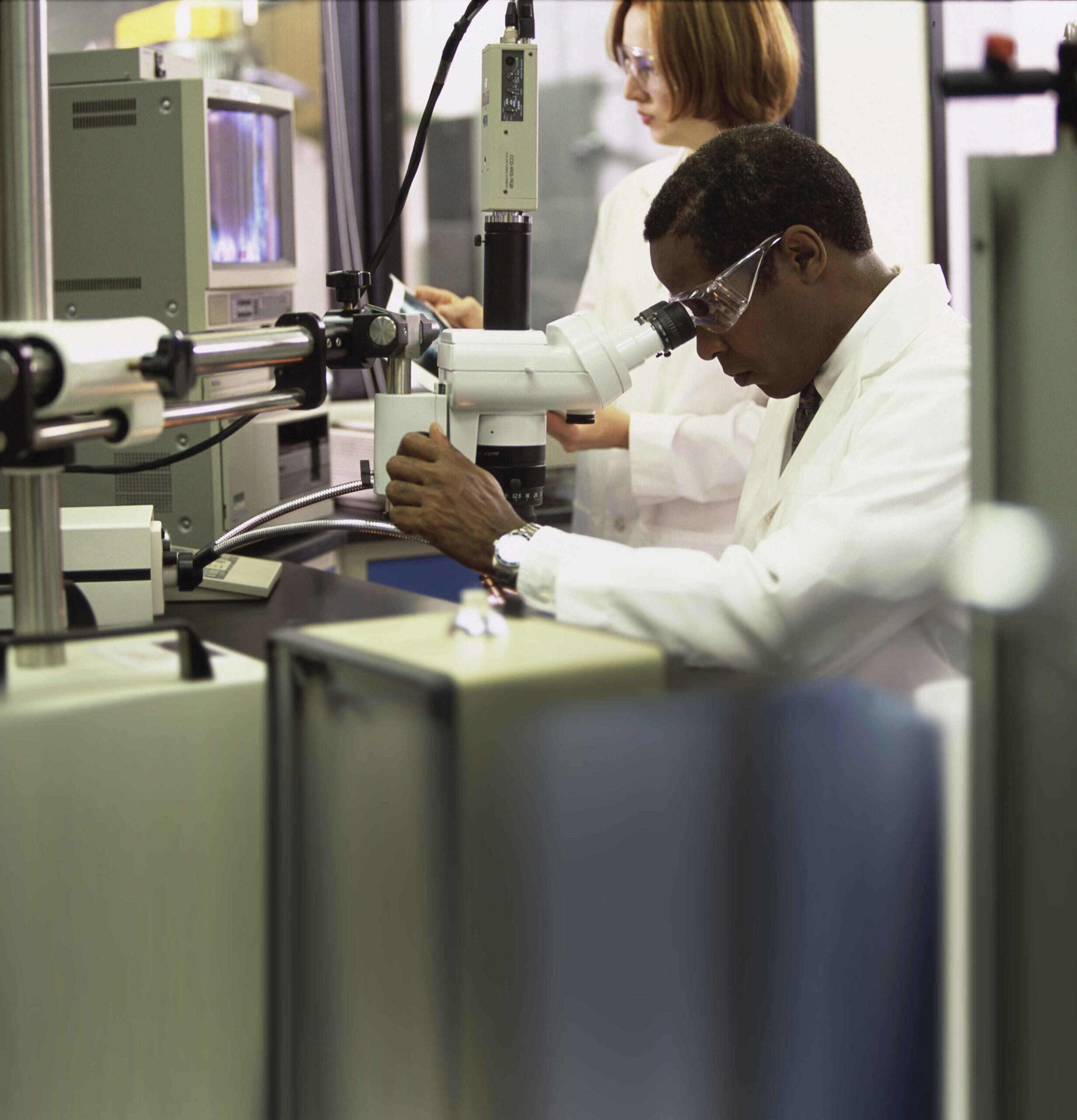
Screening
There’s a simple blood test that can detect T1D autoantibodies, an established marker of risk of developing T1D—and ensuring more people have access to it can have a transformative effect on the landscape of T1D research and save lives at the same time.
That test is screening, and JDRF has prioritized the development and execution of a global universal screening strategy that reduces DKA at diagnosis, identifies high-risk individuals for early detection, accelerates the evaluation of disease-modifying therapies, and provides treatment options to people at risk when therapies become available.
Disease-Modifying Therapies
From stopping the immune attack to regrowing beta cells in the body, JDRF’s disease-modifying therapies portfolio is a key component of our efforts to finding cures for T1D.
T1D is a progression. There are people whose own immune system has begun attacking the insulin producing beta cells, but they are not symptomatic yet. There are also people who have had T1D for decades and have lost nearly all insulin production. Disease-modifying therapies are aimed at helping everyone with T1D—regardless of where they are on the disease continuum.
Learn more about this promising research, including one therapy under review at the FDA.
Cell Therapies
Thanks to recent advances, people with T1D could be freed from their blood-glucose monitors and insulin injections for years, or even decades, and reap additional outcomes of improved glucose control and other long-term benefits. The Cell Therapies Program invests in research and clinical trials to develop and deliver life-changing therapies that place healthy, insulin-producing beta or islet cells back into the bodies of people with T1D. Islets are a cluster of pancreatic cells that primarily comprise of beta cells, but also have other important cell types that support a healthy beta cell function.
Learn more about this promising research, which is now being tested in several human clinical trials.
Sign up for our monthly Research Newsletter, The Pipeline, to stay up to date on the latest and greatest in T1D science.
By clicking Sign Up, I agree to the JDRF Privacy Policy. I also agree to receive emails from JDRF and I understand that I may opt out of JDRF subscriptions at any time.